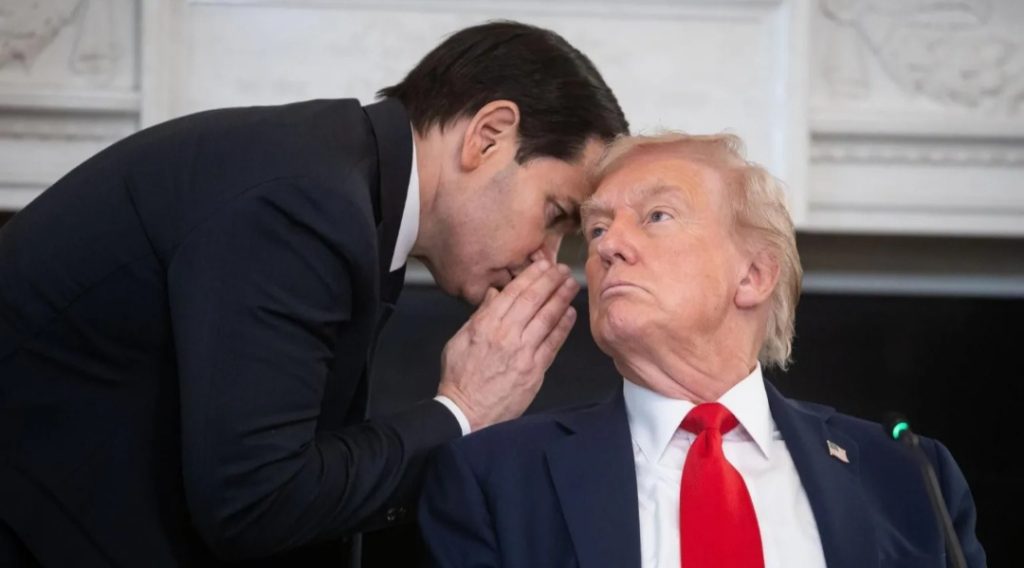
Esther Imonmion
Israel and Hamas have reached an agreement on the first phase of the Gaza Peace Plan, raising cautious optimism for an end to the devastating two-year war that has ravaged the enclave.
Under the deal, Hamas will release 20 living hostages still held in Gaza, while Israel will withdraw its troops to a designated line and release nearly 2,000 Palestinian detainees, sources told the BBC. The breakthrough follows three days of indirect negotiations in Egypt and represents the first implementation phase of the 20-point peace proposal put forward by former U.S. President Donald Trump in late September.
Israeli Prime Minister Benjamin Netanyahu described the development as “a great day for Israel” and said his cabinet would convene on Thursday, October 9, 2025, to ratify the deal. A ceasefire is expected to take effect immediately after the meeting, scheduled for 14:00 local time (12:00 BST).
According to a senior Palestinian official, Israel will allow 400 aid trucks into Gaza daily during the first five days of the truce, with the number expected to increase later. Hamas confirmed that the agreement includes partial Israeli withdrawal from Gaza and the unrestricted entry of humanitarian aid.
A senior White House official told CBS News that Israeli troops will complete their withdrawal within 24 hours after the ceasefire takes effect, while Hamas will have 72 hours to release all hostages seized during its October 7, 2023 attack on Israel. Trump, who first announced the agreement, said the hostage release could begin as early as Monday, October 13, 2025.
The so-called “yellow line,” to which Israeli forces will withdraw, was adjusted to accommodate both Israel’s security concerns and Hamas’s conditions for releasing hostages. Under Trump’s initial framework, about 55 percent of Gaza would have remained under Israeli occupation. Hamas officials revealed that the list of Palestinian detainees slated for release includes Marwan Barghouti, a popular political figure often viewed as a potential successor to Palestinian Authority President Mahmoud Abbas. It remains unclear if Israel has agreed to his release.
While the deal marks a significant diplomatic milestone, it falls short of a full peace agreement. Key issues, including Hamas’s disarmament, security guarantees, and Gaza’s postwar governance, remain unresolved. Trump’s broader Gaza Peace Plan proposes a temporary international transitional government supervised by an international committee led by Trump and former UK Prime Minister Sir Tony Blair. The plan excludes Hamas from governance and envisions the Palestinian Authority eventually assuming administrative control of Gaza.
Netanyahu and Trump reportedly congratulated each other on what they called a “historic achievement” during a phone call on Wednesday night. UN Secretary-General António Guterres welcomed the agreement as a “momentous opportunity,” pledging the UN’s full support for the plan’s implementation, including expanded humanitarian assistance and reconstruction efforts in Gaza.
Celebrations broke out in both Israel and Gaza following the announcement. In Tel Aviv’s Hostage Square, families of the remaining captives set off fireworks, while Gazans took to the streets in jubilation. “We have lost a lot during the two years of war. The Gaza Strip is destroyed,” said Mousa, a doctor in Deir al-Balah, central Gaza. “A difficult time still awaits us, but the important thing is we hope to be safe.”
The conflict, which began with Hamas’s October 7, 2023 attack that killed 1,200 Israelis and led to 251 hostages being taken, has left at least 67,183 Palestinians dead, including 20,179 children, according to Gaza’s Hamas-run Health Ministry. The United Nations considers these figures credible. The ministry also reported 460 deaths from malnutrition, including 182 since August 2025, when famine was confirmed in Gaza City by the UN-backed Integrated Food Security Phase Classification (IPC).
Israel continues to deny accusations of genocide and reject reports of starvation, saying it has consistently facilitated humanitarian aid into Gaza.
If fully implemented, Wednesday’s accord could mark the first tangible step toward lasting peace and the end of one of the deadliest conflicts in modern Middle Eastern history — a hopeful turning point for millions affected by the war.
